Deck & Commander Strategies
Mike and Eleven (Humans Tribal)
A five-color Humans tribal deck that focuses on leveraging human synergy and recursion, including cards like Karmic Guide to abuse value and maintain board presence.

Arvinox, the Mind Flail
Mono-black big mana deck aiming to generate massive mana with Cabal Coffers and Urborg to cast devastating spells like Torment of Hailfire or to execute a Bolas's Citadel combo finish.
Max and Dustin
An artifact go-wide deck that builds a wide board with artifact creatures and boosts them with cards like Tempered Steel to overwhelm opponents.
Will and Lucas with Lurrus Companion
A potent value and combo deck using Lurrus as companion for recurring low-cost permanents and assembling combos to close out the game, though not optimized for cEDH.
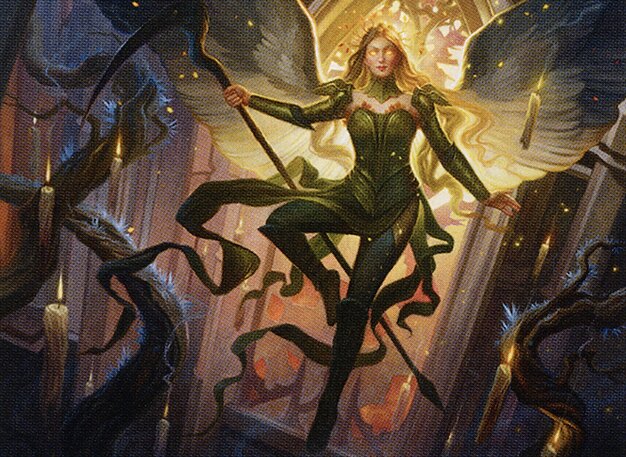
Sigarda, Champion of Light
A midrange strategy focused on resilient creatures and board presence, leveraging lifegain and protection to maintain advantage.
Gameplay Insights
- 1
The Mind Flayer deck prioritized ramping with Cabal Coffers and Urborg while protecting mana sources to enable high-impact spells or combo activation.
- 2
The Humans deck leveraged synergy between tribal creatures and value recursion spells like Karmic Guide to maintain pressure on opponents.
- 3
Artifact synergies with cards like Tempered Steel enabled the go-wide deck to create a threatening board state early and sustain it.
- 4
Players carefully managed life totals and clue tokens from investigate triggers to maximize card advantage without overextending.
- 5
The presence of Lurrus as a companion allowed for repeated value plays, impacting the pace and resilience of the deck’s strategy.
Notable Cards
-
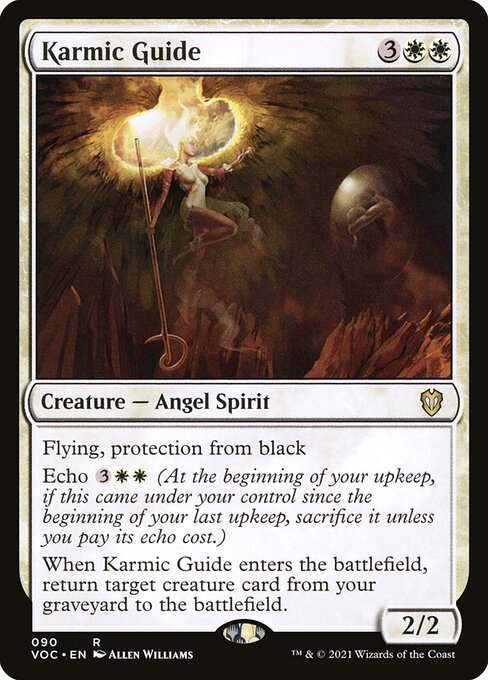
Karmic Guide
-

Cabal Coffers
-
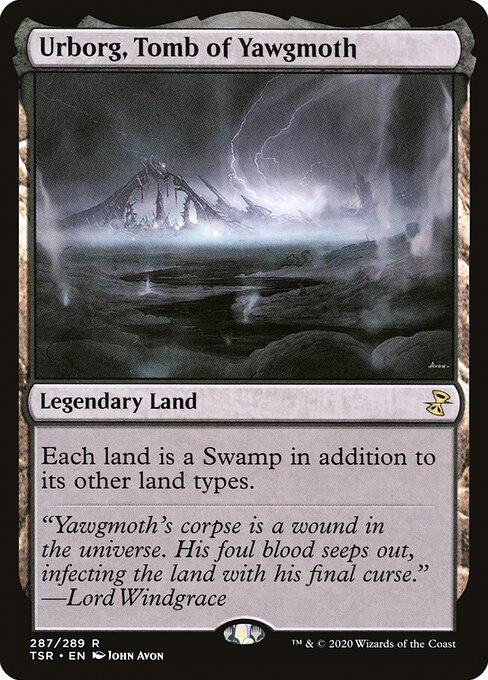
Urborg, Tomb of Yawgmoth
-
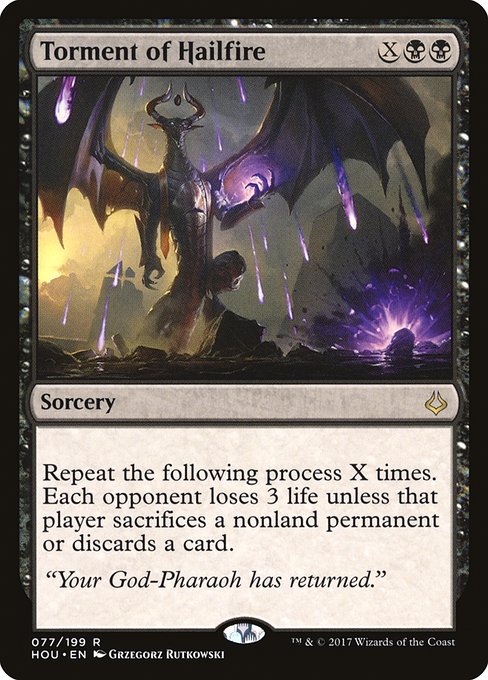
Torment of Hailfire
-
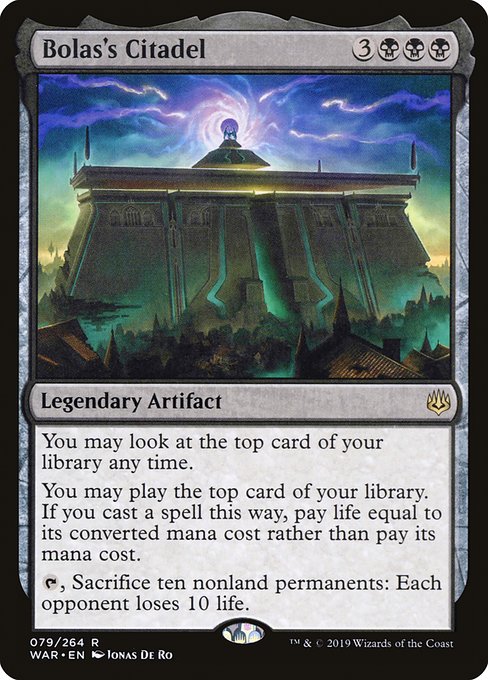
Bolas's Citadel
-
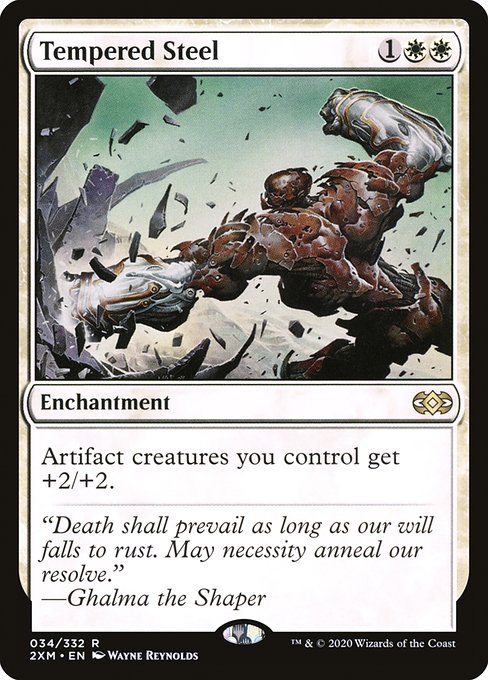
Tempered Steel
-

Lurrus of the Dream-Den
-

Necropotence
Gameplay Summary
The game featured five distinct Commander decks, each piloted by a different player with unique strategies.
Early turns saw players establishing their mana bases and dropping key creatures or artifact enablers.
The Humans tribal deck leveraged creatures like Katilda, Don Hart Prime and the synergy of human spells, while the mono-black Mind Flayer deck focused on ramping quickly with Cabal Coffers and Herborg to generate massive mana, aiming for a Torment of Hailfire or a combo finish via Bolas's Citadel.
Meanwhile, the artifact go-wide deck utilized artifact synergies and cards like Tempered Steel to build a threatening board presence.
The Lurrus companion deck aimed for potent combo interactions, although not strictly tuned for cEDH, it still posed a serious threat with recursion and value plays.
Throughout the mid-game, players maneuvered for board control and resource advantage, with key interactions involving investigating triggers and strategic life payment choices to maximize clues and card draw.
The Humans deck managed to develop a strong board presence, while the Mind Flayer deck steadily accrued mana advantage.
The game’s pivotal moments revolved around efficient resource management and timely deployment of win conditions, with the Mind Flayer's combo potential looming as a constant threat.
The game showcased a dynamic interplay of tribal aggression, artifact synergy, and combo strategies culminating in tense board states and tactical decisions.








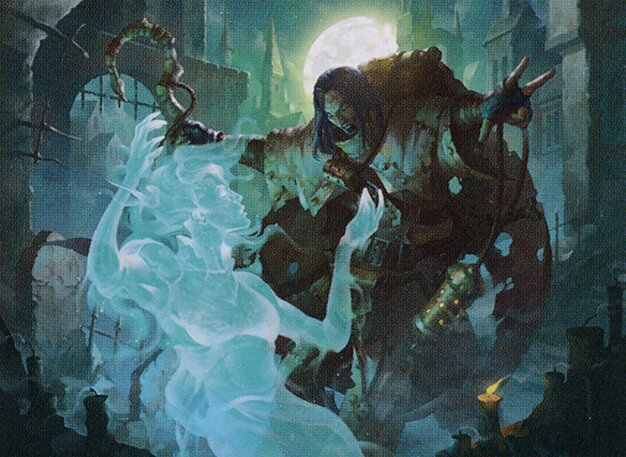



![Yuriko vs Will & Lucas vs Rocco vs Alela [EDH/Commander, Magic The Gathering Gameplay 2022] thumbnail](https://i.ytimg.com/vi/o6z4guSu4pg/sddefault.jpg)
![Breya vs Lier vs Yusri vs Will & Hopper [EDH/Commander, Magic The Gathering Gameplay 2022] thumbnail](https://i.ytimg.com/vi/E0FpQtrBVP0/sddefault.jpg)
![Volo vs Toxrill vs Zangief vs Will & Hopper [EDH/Commander, MTG Gameplay 2022] thumbnail](https://i.ytimg.com/vi/dJHKsulpf2M/sddefault.jpg)
![Will & Hopper vs Beckett Brass vs Hinata vs The Realty Chip [EDH/Commander, MTG Gameplay 2022] thumbnail](https://i.ytimg.com/vi/Iz5vZjuwt0g/sddefault.jpg)
![Sefris vs Will & Max vs Awaken the Blood Avatar vs Burakos [EDH/Commander, MTG Gameplay 2022] thumbnail](https://i.ytimg.com/vi/vGBpSJPhu1c/sddefault.jpg)
![Big Power Big Turns, ft. Blood, Wernog and Argyle, Mirko, Lord Windgrace [EDH/Commander Gameplay] thumbnail](https://i.ytimg.com/vi/7x3tQtCEltk/sddefault.jpg)
![What's The Strongest Tribe In Midnight Hunt?! [ EDH/Commander, Budget Magic The Gathering Gameplay ] thumbnail](https://i.ytimg.com/vi/KAlMoQjaE-0/sddefault.jpg)
![Delina vs Sigarda vs Bruenor vs Liesa [EDH/Commander, Magic The Gathering Gameplay] thumbnail](https://i.ytimg.com/vi/JTB3oaampHU/sddefault.jpg)
![Sigarda vs Tovolar vs Kotori vs Raiyuu [Budget EDH/Commander, Magic The Gathering Gameplay 2022] thumbnail](https://i.ytimg.com/vi/NkhYuYsAvpU/sddefault.jpg)
![Yarok vs Inalla vs Nekusar vs Yuriko [EDH Gameplay] 2019 thumbnail](https://i.ytimg.com/vi/DMN5TuN0Lhw/sddefault.jpg)












![Secret Lair Shuffle [Commander VS 299] | Magic: the Gathering EDH Commander Gameplay thumbnail](https://i.ytimg.com/vi/8A3esNBvsUg/sddefault.jpg)












![Juri Aristocrats vs. Eleven & Will [Duel Commander-EDH] - Magic: The Gathering thumbnail](https://i.ytimg.com/vi/7s_bqTkh8x4/sddefault.jpg)





